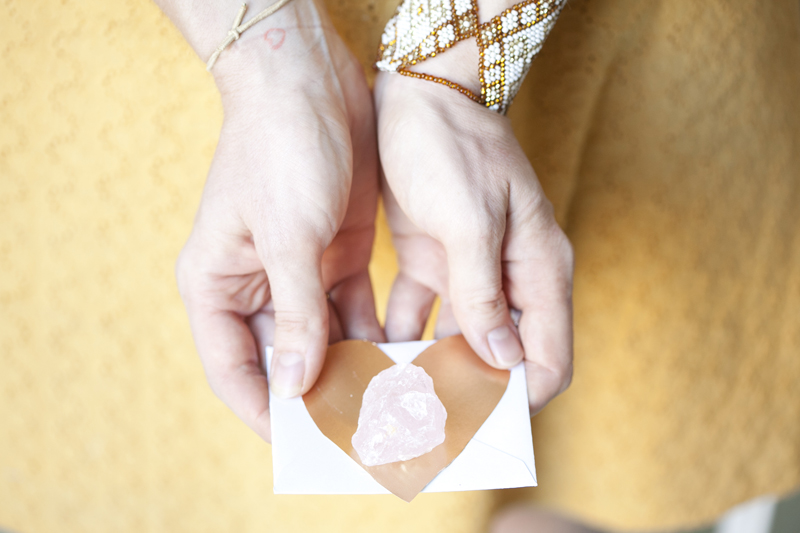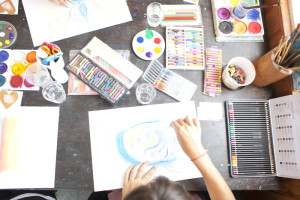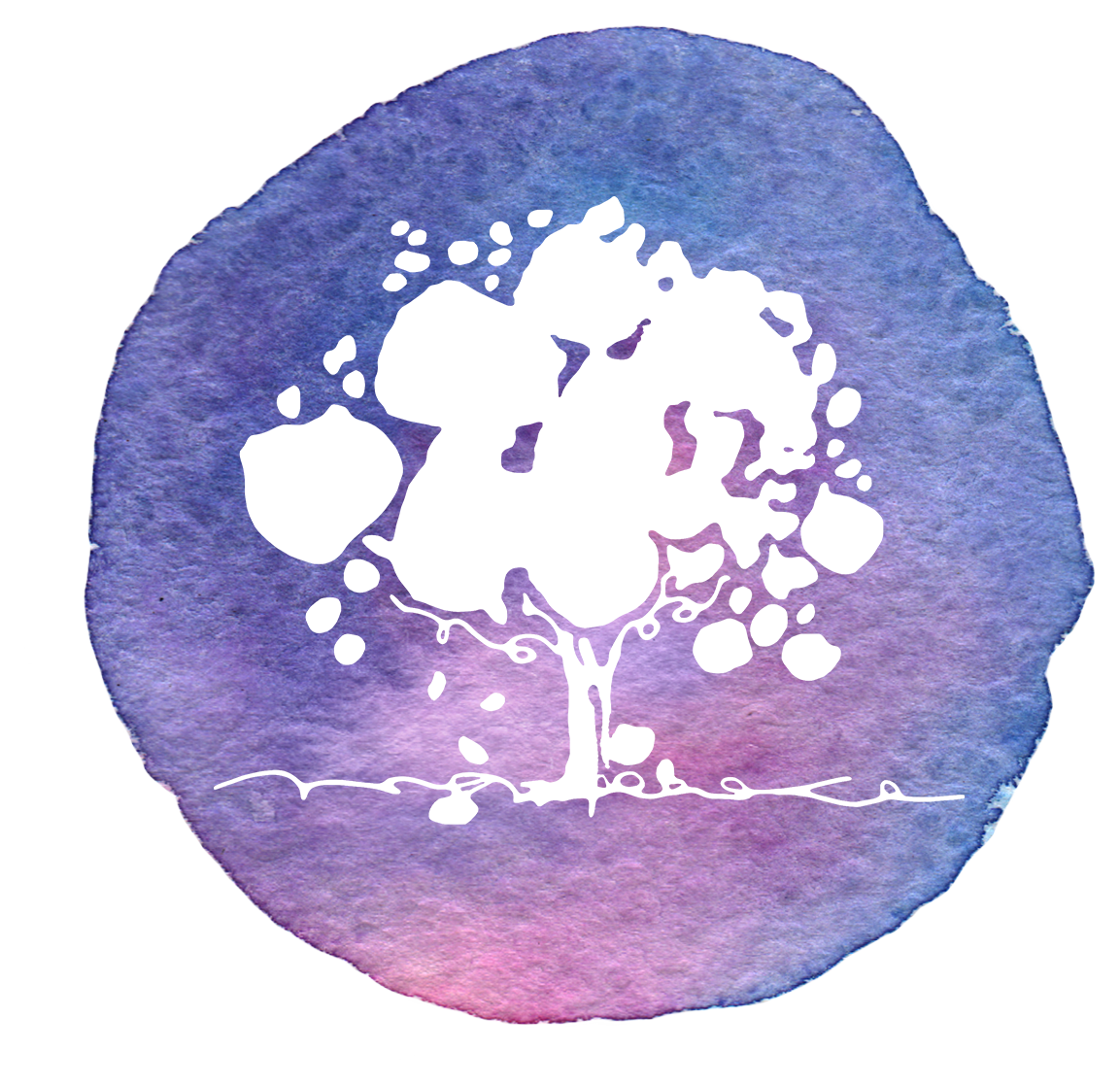 Art Therapy process for Letting Go, Grief and Loss
Art Therapy process for Letting Go, Grief and Loss
Life creates endless opportunities for change and transition. Change can renew feelings of possibility, excitement and joy. It can also evoke fear, nervousness and anticipation. How do we navigate these transitions in a safe way while stepping confidently forward towards the new?
We may want to hang on to what is known, even when part of us knows it no longer serves us.
We may miss the comfort and safety the ‘known’ brings.
We may miss the parts of ourselves that we identify as keeping us safe and necessary for our survival.
When we experience change and transition, there are supportive processes we can choose to work with to help us access our own strength and resources.
It may be that you have lost a loved one, ended a relationship, moved house, state or country. You are finishing employment, studies, or saying goodbye to patterns or coping strategies that no longer serve you. It may feel big or small, whatever it is, know, it is worthy of being seen, witnessed and supported.
Ritual is a powerful tool for honoring the process of change and transition. Below are some ritual suggestions. Your ritual process is unique to you so please adapt the suggestions below to include what feels right. The creative process is just that, a process, and the art making is not about what the art looks like at the end. Give yourself permission for it to be imperfectly perfect.

Setting up
Set yourself some time, at least 1.5 – 2 hours of private uninterrupted time.
Turn off your phone, email or computer.
Support
You may like to invite someone close to you to support you in this process and witness the experience. Let them know what it is and what you might need throughout. It might be that you want them to just witness and listen, or you might like to ask for reflections from them or a cuddle. Let them know that you don’t need them to interpret it or solve anything, but just to be there with you. You can also do this by yourself.
Gather symbols
This is up to you, but I suggest that you find objects that represent what you are letting go of, and comforting objects that support you and nurture you, as well as objects that represent what you want to create more of in your life. These objects may be symbolic of the experiences you have had and that you want more of.
Gather art materials
I suggest pastels, pencils, textas, paper, scissors, or materials of your choice like fabric, needle & thread, clay, scrapbooking materials.
Setting up the space
The space supports you to explore and process, so setting up a sacred space is important. You might have some special fabric to set out, you may set out your materials, candles, crystals, or any other sacred symbols that support you to feel safe. Think about colour, lighting, sound, softness, anything that supports and engages your senses.
Intention
This is a time to set your intention for the process. This may be to support your healing, to acknowledge your pain or to acknowledge a loss you are experiencing.
The Creative process
This process will depend on what materials you decide to use. Any materials you choose to use can follow these three stages. I suggest starting with your unique creative process (what materials would you like to create with?) rather than thinking/writing about it- unless this is your chosen creative method. This gives your body wisdom space to arise rather than keeping you in your mind. You can write more about the process after.
Step 1: Loss Expression
- Tune into your body. Take 3-5 deep breaths, slowly.
- Notice where in your body you are experiencing loss/stuckness/holding on. Place your hand on this part of you. Notice any colours or sensations.
- Create a representation (using the materials) of the body felt sense of this loss/stuckness/holding on. Give it form.
- When it feels finished, take a pause and have a look at what you have created. If it had a name what would it be called?
- Placing the representation/expression somewhere nearby with any of the objects/symbols you collected that relate to this loss.
- Sitting with your creation, what do you see? What surprises you about it? What do you notice? If it could speak what would it say to you? What does it need from you?
Step 2: Response Expression
- From the first creation, now making something in response. It might be a response to what the creation said to you, maybe it needed acknowledgement, love, or just to be seen and heard? Maybe it wanted to be free, to be let go? Maybe it wanted to tell you what you need to be focusing on in the future? What needs were not being met in this situation, that you would like to focus on going forward?
- This representation holds the purpose of giving you something to take with you in your next steps forward. Focus on what you need to put in your tool kit and what supports you need to put in place for the next steps. Routine creates safety and confidence. What routines do you need for yourself?
Step 3: Releasing:
- Draw or write on a piece of paper what you would like to release. There is no right or wrong, nothing you have to release at this time. Just go with what feels right for you.
- To honor the process of releasing, you may want to bury this paper, rip it or burn it. While you are doing this, announce out loud about what you are releasing, “I release the need to please others… I release the fear that I will not be okay going forward… I release and honour the connection I had with this person, and now I let it go…” etc. Then thank yourself for having the courage to do this.
Step 4: Reflection
- Now is time to do some writing reflections.
- What have you taken from this process? What do you know now that you may not have known before?
Step 5: Integration:
- What might you do with what you know now?
- What steps would you like to take to support yourself going forward? You may like to create a self care plan and some actions that communicate love and kindness to your inner child.
If you or someone you know is experiencing grief or loss and would like support to create a letting go ritual, please inquire about individual creative art therapy sessions with Amanda in Abbotsford, Melbourne. contact@amandascottarttherapy.com.au

Leave a Reply